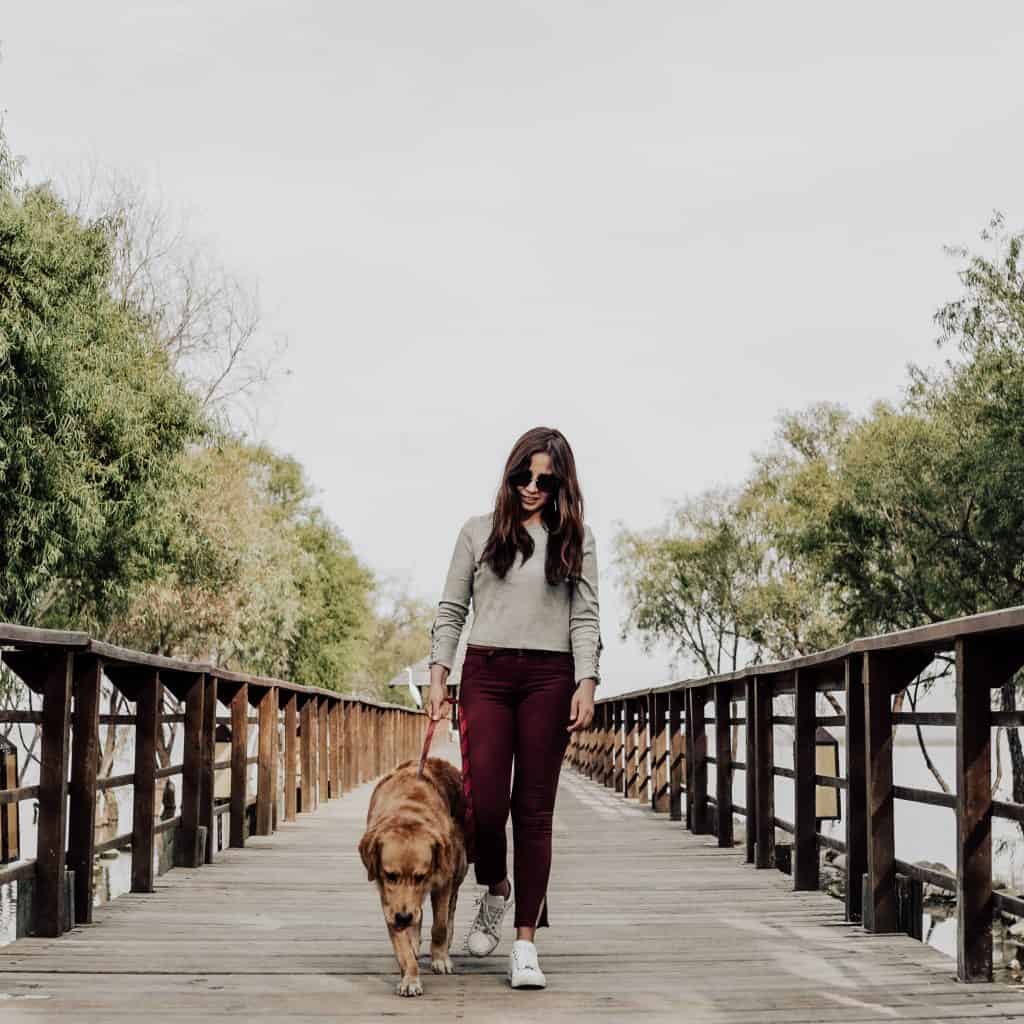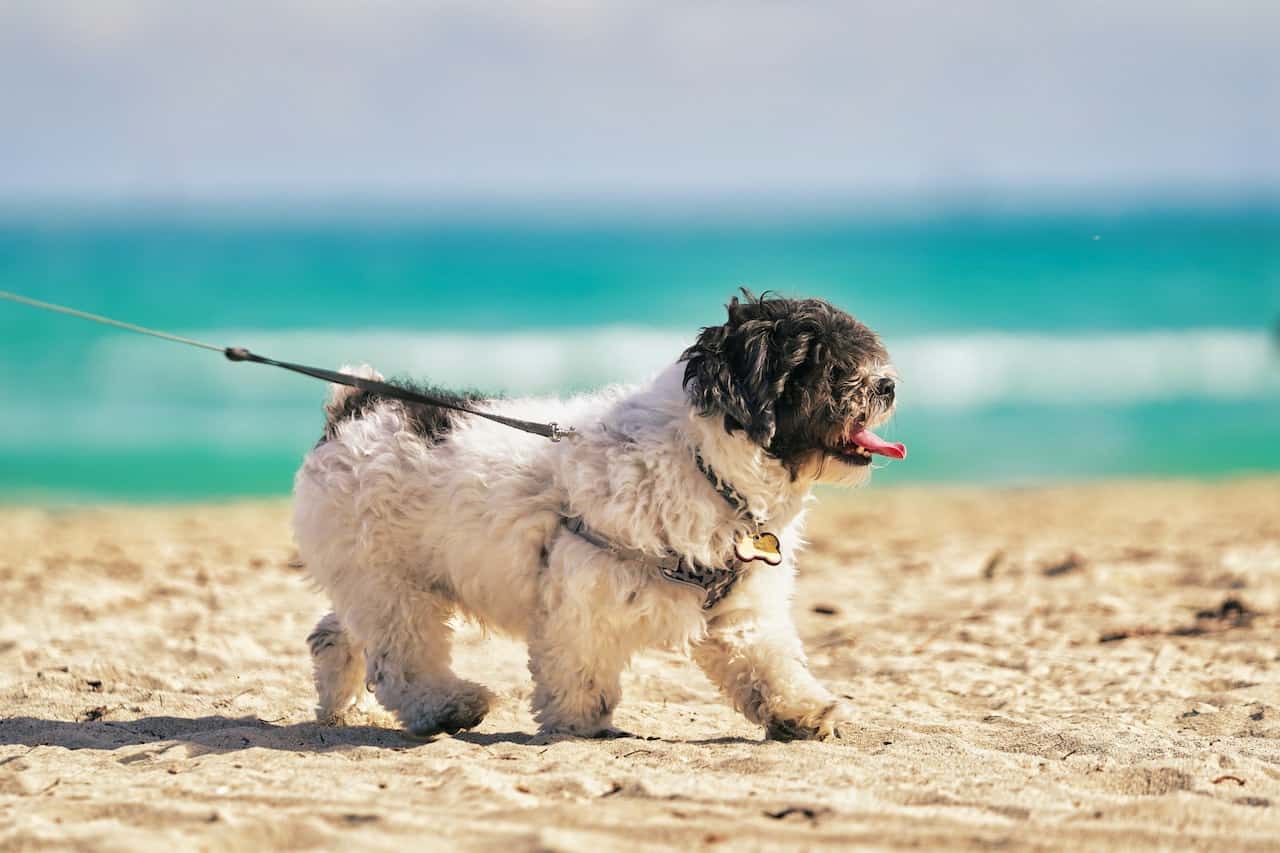As a dog owner, you want to ensure that you take proper care of your furry companion. A common question that many pet owners have is, “Can I walk my dog 30 minutes after eating?” Understanding the answer to this question is essential for maintaining your dog’s health and well-being. In this article, we will explore the topic of how long you should wait to take your dog for a walk after eating and provide insights into how it can impact your pet’s digestion and overall health. We will also discuss other factors that affect your dog’s digestion and offer tips for maintaining health and happiness.
So, if you’ve ever wondered whether it’s safe to walk your dog after they’ve eaten, read on to find out the answer and learn more about proper dog care.
How Long Should I Wait to Take My Dog Out After Eating?
It is important to wait at least 30 minutes after eating before taking your dog for a walk to ensure that its digestion process has finished. This means that the food has been adequately broken down and there is less chance for vomiting or bloating to occur.
This rule is especially important if your pup has a sensitive stomach as it can take longer than an hour for them to digest their meal. Giving them time to digest will reduce any potential discomfort or health problems that may result from walking immediately after eating.
Additionally, it will help keep your pet energized and healthy while out on the walk, so be sure to give them plenty of time after eating before heading out!
Jerry Klein, Chief Vet Officer for AKC, recommends waiting at least an hour after your dog eats before going for walks or any strenuous activities. Exercise can interfere with digestion, potentially leading to discomfort, vomiting, or even bloat.
Factors that influence walking your dog after eating
Several factors should be taken into consideration before walking your pup. These include the size of your dog, the amount of food they consume and how quickly they digest it, the type of exercise you plan to provide them with during their walk (i.e.: an intense run or leisurely stroll), as well as environmental factors such as outdoor temperature, and humidity. Additionally, if your pooch has any pre-existing health issues, you should always consult with your veterinarian before walking them to ensure their safety and comfort.
The size of your breed
Size can be a major factor when it comes to walking your dog after eating. Larger breeds like German Shepherds, Golden Retrievers, and Labrador Retrievers need more exercise to stay healthy, whereas smaller breeds such as Yorkies, Shih Tzus, or Pomeranians can get away with a shorter walk or less strenuous activity.
By knowing your breed’s size and needs you can help prevent them from overeating or getting overly tired; allowing for plenty of time for their meals to digest before they hit the streets.
The amount of food
The amount of food that your dog consumes before taking them for a walk can have a major influence on their overall health and well-being.
If your dog has just consumed a full meal, it will likely be feeling lethargic, meaning it may be best to wait at least an hour before taking them out for exercise. This allows their body the time it needs to properly digest their food. However, if your dog only had a small snack, then it is generally safe to go for a walk with them within half an hour after eating as this food typically doesn’t take as long to digest.
Either way, make sure you observe how your particular pup is feeling and adjust accordingly.

The intensity of the exercise
One of the most important factors to consider when walking your dog after eating is the intensity of the exercise. Depending on your dog’s age and health, it is advisable to keep their activity at a low-intensity level immediately following a meal. Taking them for a long walk or running with them too soon could put undue stress on their stomach and cause digestive issues.
Short walks around the block or perhaps playing indoors may be better options until after their food has had a chance to digest properly.
Pre-existing health issues
Gastrointestinal problems such as constipation, colitis, or irritable bowel syndrome can be exacerbated by exercise after meals, and it is not recommended to walk a dog with any of these conditions in such circumstances.
Exercise should also be avoided if a dog is on medication for diabetes or has heart disease, as this could increase the risk of low blood sugar levels or an irregular heartbeat. Dogs that are elderly or pregnant may also find exercise after eating uncomfortable, so long walks should be discouraged.
In all cases, you should check with their veterinarian to determine whether exercise can be undertaken safely following meals.
Dr. Rachel Malamed, a veterinary behaviorist, advises that, in general, it’s best to avoid any kind of rigorous exercise for at least an hour after your dog eats. However, she notes that a gentle, leisurely walk around the block is unlikely to cause any harm.
How far should I Walk my dog after eating?
The distance you should walk your dog after eating depends on several factors, including your dog’s breed, size, age, and overall health. Generally, it’s recommended to wait at least 30 minutes to an hour after your dog has eaten before taking them for a walk.
When it comes to the distance of the walk, it’s important to consider your dog’s physical capabilities and limitations. Smaller dogs or toy breeds may not have the stamina for long walks, while larger or working breeds may require more exercise to stay healthy and happy.
For example, a small breed like a Chihuahua may only need a short walk around the block, while a larger breed like a Golden Retriever may need a long walk or even a run to release its excess energy. Similarly, senior dogs or those with health conditions may need shorter and slower walks than younger or healthy dogs.
In general, it’s best to start with shorter walks and gradually increase the distance as your dog gets more comfortable and fit. Pay attention to your dog’s body language and behavior during the walk, and adjust the pace and route accordingly. You may also want to consider the weather, terrain, and other external factors that can affect your dog’s comfort and safety.

What is the ideal time to walk my dog?
Generally speaking, most dogs need to be taken on walks at least twice a day. For younger dogs, it is best to take them out for a walk in the morning and late afternoon or early evening when the temperature is not too hot or cold. This will provide them with ample opportunity to explore and burn off energy.
An adult dog should have at least one long walk for an hour or more per day. If you work full-time, try to plan your walks at other times such as lunchtime or after work when you can give your pup adequate attention.
No matter what time you choose to walk your dog, make sure they are properly fitted with a leash and collar so they stay safe during their outings!
Can dogs run or exercise after eating?
It is generally accepted that allowing a dog to run after eating can be dangerous. While it is true that exercise is beneficial for dogs in many ways, it is important to allow them time to digest their food before allowing them to run.
This means that the best practice is to wait at least an hour after your dog has eaten before allowing them to exercise or go for a run. If you allow your dog to run too soon after eating, they may suffer from stomach upset and even vomiting or diarrhea which could be potentially dangerous.
It is therefore important to remember that while running and exercise are good for your pup, it is necessary to wait until they have digested their meal before taking them out for some fun!
What is the time frame for a dog to process food?
When it comes to digesting food, dogs can do so much faster than humans. Depending on the size of the dog and the type of food they are eating, it generally takes between 8 and 10 hours for a dog to fully digest their food. This is because a dog’s digestive system is relatively short compared to that of a human’s, meaning that food digestion doesn’t take as long.
While some dogs may digest their food more quickly or slowly than others, one thing is certain: when it comes to digesting their meals, dogs can do so much faster than us humans!
Eating too fast or too much can cause digestive issues in dogs, such as bloating or gastric torsion (also known as twisted stomach), which can be life-threatening if not treated promptly. This is more common in large or deep-chested breeds. (source: Merck Veterinary Manual, “Bloat (Gastric Dilatation and Volvulus) in Dogs”)
Related Read: Dog Digestive System Basics
Should I feed or walk my dog first in the morning?
Whether to feed or walk your dog first in the morning is a common question for pet owners. It is generally advisable to feed your dog before walking them, as it provides them with the energy they need for exercise and prevents them from feeling nauseated.
It is also important to give them enough time after eating before their walk; usually around half an hour is sufficient.
However, if your pet has certain medical needs such as diabetes that require regular monitoring then it is best to walk them first and feed them afterward.
Frequently asked questions
How much exercise does a dog need daily?
Exercise is an important part of keeping your dog healthy and happy. The amount of daily exercise your dog needs depends on its breed, size, age, and overall health. Smaller breeds usually require less exercise than larger breeds, and puppies need more exercise than adult dogs.
Generally speaking, most dogs need at least 30 minutes of moderate activity each day. This could include a brisk walk or jog, playing fetch in the yard, swimming, or any other type of exercise that keeps them active. With a proper daily exercise routine and a balanced diet, your dog will lead a long and healthy life.
Does a 10-minute walk be considered a physical activity?
Taking a 10-minute walk with your dog is an excellent form of exercise for both you and your pup. While it may not be enough to tire out a high-energy dog, it can help them burn off extra energy and expend some pent-up mental energy that comes from being cooped up inside all day.
It also allows them to explore the world around them and get some fresh air. Dog walks are also great opportunities for bonding with your pup, as they can learn commands and behaviors while on the walk.
Taking your dog on regular 10-minute walks is an excellent way to give them the physical and mental exercise they need to stay healthy.
How long can a dog hold its pee?
Dogs have a remarkable ability to hold their pee for long periods, depending on their breed and age. Most adult dogs can hold their pee for up to 8 hours, while puppies may only be able to go 3-4 hours between bathroom breaks. Senior dogs may need to go more frequently due to weakened bladder control.
Of course, every dog is different, so it’s important to know your pet’s individual needs. If your dog needs to go out more often than usual, it could be a sign of a medical issue and you should consult your vet. It’s also important to provide plenty of opportunities for your dog to empty its bladder throughout the day by taking him or her on regular walks and providing access to the outdoors when possible.
Adequate exercise, hydration, and a healthy diet will help ensure that your pup can maintain good bladder control and hold its pee for as long as possible.
Final thoughts: Can I walk my dog 30 minutes after eating?
In summary, walking your dog 30 minutes after eating is generally safe, but it’s important to consider your dog’s breed, size, age, and health status when deciding on the distance and intensity of the walk. Waiting at least 30 minutes to an hour after your dog has eaten before taking them for a walk can help prevent digestive issues and discomfort.
Other important factors to consider when caring for your dog’s digestion include their diet, water intake, and overall health. Keeping your dog’s digestive system healthy and functioning properly is essential for its overall well-being and happiness.
We hope this article has provided helpful insights and tips for walking your dog after meals. Remember to always pay attention to your dog’s needs and consult with a veterinarian if you have any concerns.
Recent Posts
Puppy First Week At Home;10 Tips to Help Your New Puppy Adjust And Sleep Better
You just brought your new puppy home! Congratulations on your new little addition to the family. Your puppy first week at home can be a lot of work, and it's essential to take care of them properly...

